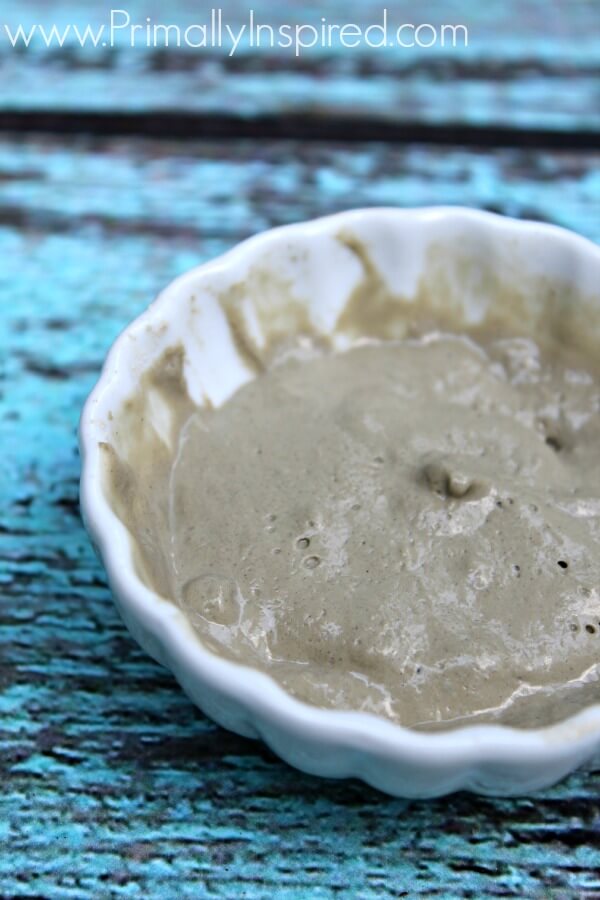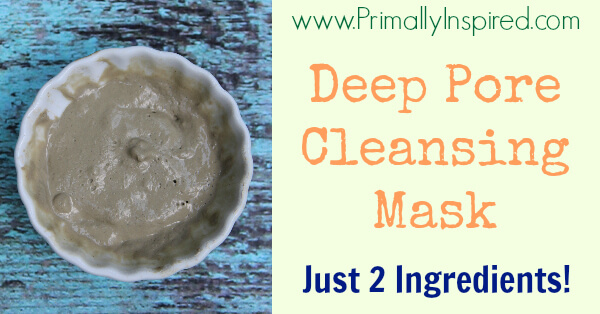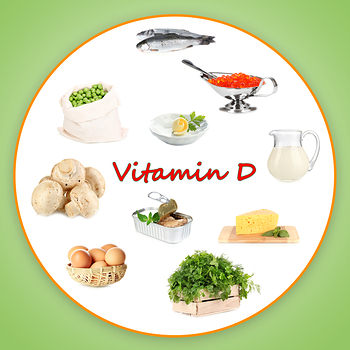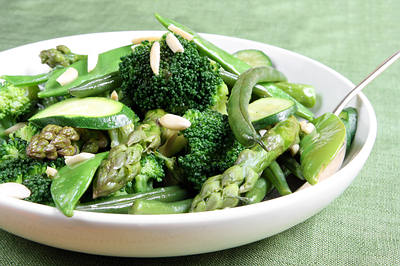7/30/15 - Today's Harvest...9 cucumbers, Green onion, 1 large tomato, Sweet pepper, 5 color Chinese peppers, ground cherry tomatoes
7/30/15 - Today's Harvest...Cherry tomatoes, 2 zucchni, lettuce
7/30/15 - First large tomato!
7/30/15 - 7 Five color chili pepper
7/30/15 - First sweet pepper
7/30/15 - First cherry tomatoes








































